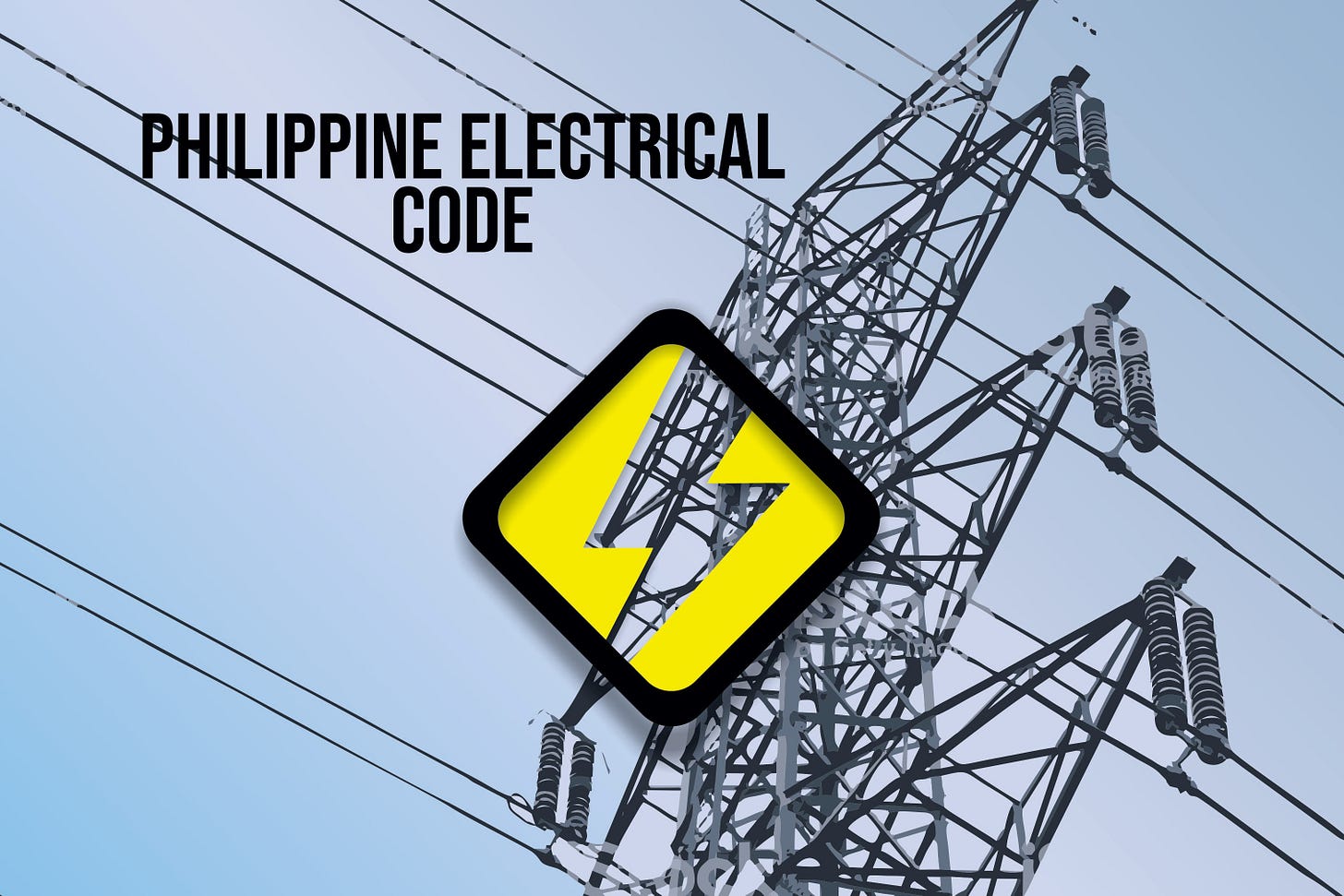Note: These blog series are made back in 2019 and migrated from my old website which focused around exploring Building Laws in the Philippines in the context of our individual thesis topics.
The revised 2017 Philippine Electrical Code was based from the National Fire Protection Authority (NFPA) 70 also known as National Electrical Code. Its primary objective is to establish the basic quality for materials and standards for electrical works for the safe use of electricity and other equipment. The revised PEC 2017 clarified portions of the 2009 version including its utility and implications which was presented last November 14-17, 2018 by Engr. Jaime V. Mendoza, a member of the Board of Electrical Engineering. Part of its revision specifies that the Code will not be exclusive for the utility of Electrical Engineers but also non-electrical personnel and duly approved by a qualified person. It also clarifies its intention to be used as a design specification which makes the Code a necessary consideration for Architects.
Article 1.3 Electrical Plans and Specifications also included a Design Analysis which will be included and submitted on separate drawing sheets. Aside from revisions, there are additional provisions that was found on the same article, these are protection coordination of over current protective devices, and Arc-Flash Hazard Analysis which is used to determine incident energy that personnel interacting with electricity can get exposed to. There are several methodologies for this type of analysis and its important part is the acquiring the correct details of a certain structure.
This part of the Code adheres to several international standards such as OSHA 1910.132 that requires employers to identify and protect their workers from workplace hazards, and NFPA 70E. The process of Arc-Flash Analysis involves acquiring as-built documents, verification of field, information of loads, short circuit study, coordination study, evaluation of Arc-Flash then the system. The Technical Analysis are now mandatory to all electrical plans.
Other new provisions are from Section 2.10.1.8 which require kitchens to have Ground-Fault Circuit Interrupters or GFCI, a type type of protective receptacle which shuts when it detects imbalanced between incoming and outgoing currents, this provision both applies indoor and outdoors. Another technology involved is a 15-20 Amp 230V nonlocking-type or tamper-resistant receptacle that will remain shut unless both plugs are inserted, this will refrain accidental insertion of small metals in one plug, which can be useful in most building typologies.


